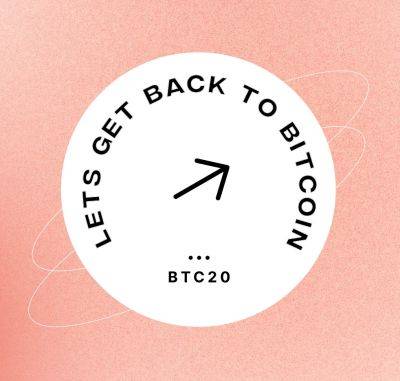Ethereum is about to get crushed by liquid staking tokens
Before we know it, liquid staking tokens (LSTs) are going to replace Ethereum’s native cryptocurrency, Ether (ETH). The LST market is already worth approximately $17 billion, and it has grown continuously since Ethereum’s Merge.
While LSTs are just beginning to hit their stride, their advantages over traditional ETH will soon become clear to liquidity providers (LPs), toppling ETH from its throne and ushering in a new era of LST domination.
Since the Merge, ETH can now be staked to produce a roughly 4% annual yield, depending on factors of network activity, total ETH staked, number of validators and the value captured by maximum extractable value. This development is significant because of the nature of ETH as a generally stable asset. Many cryptocurrencies are more volatile, so owners have to consider both yield and whether the price of that asset will appreciate or depreciate. Alternatively, ETH now offers yields from both staking and gradual price stability and appreciation.
Related: Lower costs, higher speeds after Ethereum’s Merge? Don’t count on it
The new capacity to stake ETH and earn yield means that those who hold ETH today must decide: Should they provide liquidity with their ETH and hope to earn fees, or would they be better off staking that ETH and earning a surefire yield?
LSTs solve this dilemma for LPs. Unlike regular staked ETH, which is illiquid in the Ethereum staking contract, LSTs unlock the inherent value of staked tokens, giving LPs a liquid “receipt” token that can be freely traded and utilized as collateral within decentralized finance (DeFi) protocols. Because LSTs make staked assets liquid, they offer flexibility for tokenholders to engage in other activities across different networks
Read more on cointelegraph.com






















